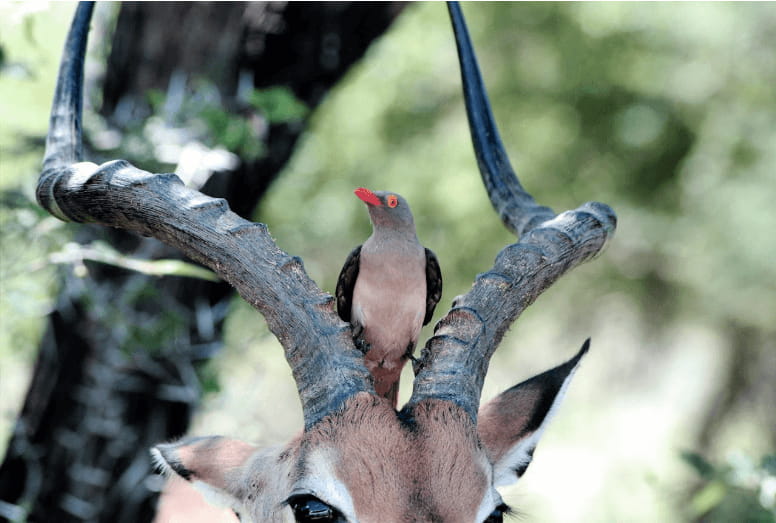One of the most common questions among animal enthusiasts and students alike is: Are birds mammals? The short answer is no—birds are not mammals. While both birds and mammals are warm-blooded vertebrates, they belong to entirely different classes in the animal kingdom. Birds are classified under Aves, while mammals belong to Mammalia. This article explores the fundamental differences between birds and mammals, their defining characteristics, and why birds do not fit into the mammalian category.

What Are Birds?
Birds belong to the class Aves, which consists of more than 10,000 species found across the globe. Birds are characterized by unique features such as feathers, beaks, and the ability to lay eggs. Unlike mammals, birds have hollow bones, which help them fly, and their respiratory systems are highly efficient to support flight.
Key Characteristics of Birds:
- Feathers – Birds are the only animals that have feathers, which help in insulation, flight, and display.
- Beaks (Bills) – Birds do not have teeth; instead, they use their beaks to eat, preen, and interact with their environment.
- Laying Eggs – All birds lay eggs with hard shells, unlike mammals that give birth to live young (except monotremes like the platypus).
- Hollow Bones – Many birds have lightweight, hollow bones to make flying easier.
- Endothermic (Warm-blooded) – Birds regulate their own body temperature like mammals, but their metabolic rates are generally higher.
- Air Sacs for Respiration – Birds have an advanced respiratory system with air sacs, making oxygen exchange more efficient.
What Are Mammals?
Mammals belong to the class Mammalia and share key traits that set them apart from other animals. They are known for their ability to nurse their young with milk, a feature that is absent in birds.
Key Characteristics of Mammals:
- Mammary Glands – Female mammals produce milk to nourish their offspring.
- Fur or Hair – All mammals have some form of hair or fur for insulation.
- Live Birth – Most mammals give birth to live young (except monotremes like the platypus and echidna, which lay eggs).
- Three Middle Ear Bones – Mammals have three specialized ear bones: the malleus, incus, and stapes.
- Endothermic (Warm-blooded) – Like birds, mammals regulate their body temperature.
- Four-Chambered Heart – A feature also found in birds, helping maintain efficient blood circulation.
Major Differences Between Birds and Mammals
While birds and mammals share some characteristics, their key differences are as follows:
| Feature | Birds (Aves) | Mammals (Mammalia) |
|---|---|---|
| Body Covering | Feathers | Hair or fur |
| Reproduction | Lays eggs | Mostly live birth |
| Milk Production | No mammary glands | Mammary glands present |
| Teeth | No teeth, has a beak | Teeth present |
| Bones | Hollow bones for flight | Dense, solid bones |
| Respiration | Air sacs in lungs | Lungs with alveoli |
| Ear Bones | One bone in the middle ear | Three middle ear bones |
| Heart Structure | Four-chambered heart | Four-chambered heart |
Why Do People Confuse Birds with Mammals?
There are a few reasons why people may mistakenly think birds are mammals:
- Both Are Warm-Blooded – Unlike reptiles, birds and mammals can regulate their body temperature.
- Parental Care – Many bird species take care of their young, just like mammals.
- Intelligence – Some birds, like crows and parrots, exhibit high intelligence levels comparable to mammals.
- Flight Misconceptions – Some mammals, like bats, can fly, leading to confusion about classification.
Are There Any Overlapping Species Between Are Birds Mammals?
While birds and mammals are separate classifications, there are some exceptional cases that blur the lines. For example:
- Monotremes (Platypus & Echidna) – These mammals lay eggs, which is unusual for mammals but does not make them birds.
- Bats – The only flying mammals, bats might be confused with birds but have fur, live birth, and mammary glands.
- Penguins – These flightless birds resemble some aquatic mammals in their movement but are still classified under Aves.
Conclusion
Birds and mammals are distinct groups of animals with unique characteristics. While they share some similarities, birds are not mammals due to differences in reproduction, body structure, and physiology. Birds belong to the class Aves, whereas mammals belong to Mammalia. Recognizing these differences helps us better understand the fascinating diversity of life on Earth.
FAQs
1. Do birds produce milk?
No, birds do not have mammary glands. However, some birds, like pigeons and flamingos, produce a nutrient-rich substance called crop milk to feed their young.
2. Are there any egg-laying mammals?
Yes, monotremes like the platypus and echidna lay eggs, but they are still classified as mammals due to their ability to produce milk.
3. Are bats birds or mammals?
Bats are mammals, not birds. They give birth to live young, have fur instead of feathers, and produce milk.
4. Why do birds not have teeth?
Birds evolved to have beaks instead of teeth, which helps them adapt to various diets and reduces their body weight for flight.
By understanding these fundamental differences, we can appreciate both birds and mammals as unique and fascinating creatures in the animal kingdom!












